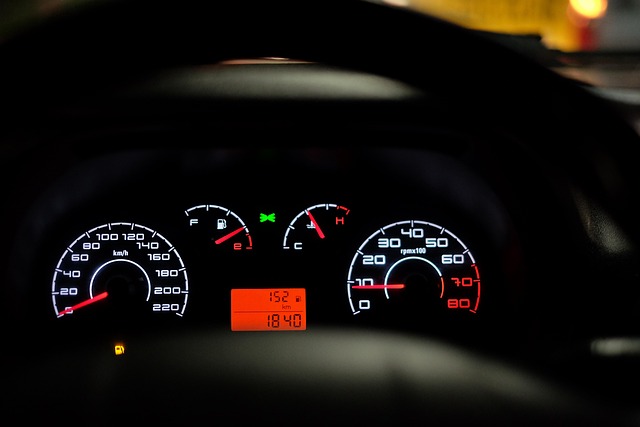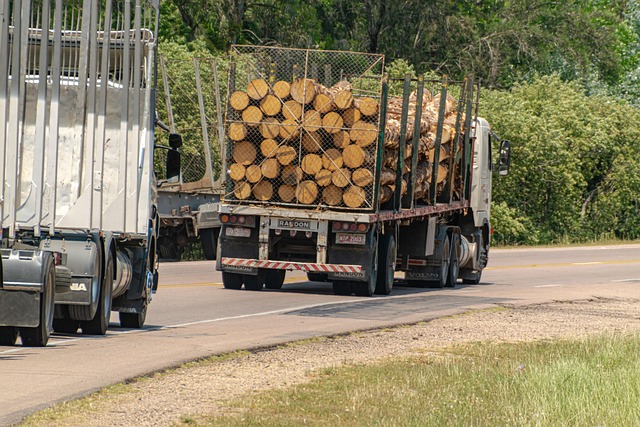Looking to register your car in California? This comprehensive guide breaks down the process step-by-step, ensuring a smooth transition. From understanding crucial registration requirements and gathering essential documents, to verifying your vehicle’s VIN (a vital step for accurate identification), we cover it all. Learn about different car registration classes tailored to your needs and discover how to submit your application along with associated fees. Equip yourself with the knowledge needed to confidently navigate California’s car registration process using our handy vin verifier.
- Understand Requirements for Car Registration in California
- Gather Necessary Documents for Car Registration
- Verify Vehicle's VIN (Vehicle Identification Number)
- Choose an Appropriate California Car Registration Class
- Submit Application and Pay Fees for Car Registration
Understand Requirements for Car Registration in California

Before registering your car in California, it’s crucial to understand the state’s requirements. In California, all vehicles must be registered with the Department of Motor Vehicles (DMV) and properly inspected to ensure they meet safety standards. One essential step is obtaining a Vehicle Identification Number (VIN) verifier, often provided by a trusted mobile VIN inspection service. These services allow you to verify your car’s history and ensure it complies with environmental and safety regulations.
Additionally, the DMV requires specific documentation, including proof of insurance, valid identification, and payment for registration fees. A mobile VIN verification service can also assist in this process by providing digital reports and peace of mind. With their help, you can streamline the registration process and quickly address any issues that may arise, making your car officially registered and ready to hit the California highways.
Gather Necessary Documents for Car Registration

Before registering your car in California, make sure to gather all the essential documents required by the Department of Motor Vehicles (DMV). One crucial piece is the Vehicle Identification Number (VIN) verification. This process involves a VIN inspection, which can be done through various methods. You can opt for a traditional vin inspection at a certified center or, more conveniently, use a mobile vin verification service.
Having these documents ready streamlines the registration process and ensures a smooth experience. Remember to check with your local DMV branch for any additional requirements specific to your area. Properly preparing in advance will save you time and potential headaches during car registration.
Verify Vehicle's VIN (Vehicle Identification Number)

Before you begin the registration process, it’s crucial to verify your vehicle’s Vehicle Identification Number (VIN). This unique 17-character code acts as a fingerprint for your car and is essential for accurate registration. You can easily perform this check using a vin verifier, which could be done through a simple online search or by downloading a dedicated mobile app, such as those offering mobile vin verification or mobile vin inspection. These tools allow you to input your VIN and instantly receive detailed information about the vehicle’s history, ensuring all data is up-to-date and correct before proceeding with registration in California.
Choose an Appropriate California Car Registration Class

When registering your car in California, understanding your vehicle’s classification is key. The Golden State offers several car registration classes tailored to different types and ages of vehicles. This system ensures that owners pay the appropriate fees based on their cars’ characteristics, from fuel efficiency to emissions standards. One crucial aspect to consider early in the process is getting a reliable VIN verification.
Using services like mobile VIN verification or a VIN inspection can streamline this step significantly. With your Vehicle Identification Number (VIN), you can determine if your car falls into categories like Passenger Cars, Light Trucks, or Motorcycles. Each class has specific requirements and fee structures. For instance, passenger cars include most sedans and hatchbacks, while light trucks encompass smaller SUVs and pick-up trucks. Ensuring the right classification not only saves you money but also helps in properly maintaining your vehicle’s registration status.
Submit Application and Pay Fees for Car Registration

After gathering your required documents, it’s time to submit your application for car registration. You’ll need to complete Form MV-57, which is the Application for Title and Registration. This form can be obtained online or from any California Department of Motor Vehicles (DMV) office. Fill out the necessary details, including your personal information, vehicle specifications, and the current odometer reading. Make sure all the information is accurate to avoid delays in the registration process.
Along with your application, you’ll need to pay the required fees. The cost varies depending on the type of vehicle and its age. You can typically pay by credit card, debit card, or check. Some individuals opt for a mobile vin inspection or mobile vin verification service to streamline the process further, ensuring that all details are correct before submitting your application. Once your application is approved, you’ll receive your registration certificate, which confirms that your vehicle is legally registered in California.
Registering a car in California involves understanding specific requirements, gathering essential documents, verifying the Vehicle Identification Number (VIN) using a reliable VIN verifier, selecting the appropriate registration class, and completing an application with associated fees. By following these steps and adhering to state regulations, you’ll ensure a smooth process for your new vehicle’s registration.
